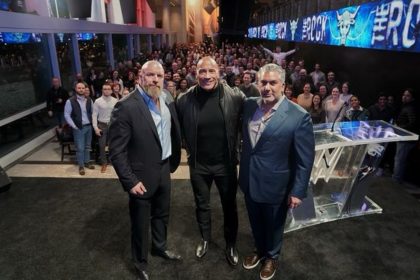Game development is undeniably challenging, but the complexities and details of the process are often not fully appreciated by the public. Martin Griffiths, an engine programmer for No Man’s Sky, recently provided insight into the significant technical hurdles involved in supporting multiple platforms for the game. He shared a list of 20 “platform combinatorics” that Hello Games’ open-world space sandbox currently supports.
This list includes a wide array of hardware and configurations, such as multiple PlayStation models (PS5, PS4, and their variations), Xbox consoles (from Xbox One to Xbox Series X), the Nintendo Switch, PC, and even VR platforms like PSVR2. These combinations reveal just how much work goes into ensuring the game runs smoothly across diverse systems.
The list of supported platforms includes a broad spectrum of PlayStation consoles, such as the PS5 in various configurations, including base models, the PSVR2 setup, and the PS5 Pro, which supports advanced 8K and VR options. The Xbox consoles are similarly supported with numerous variations, from the base Xbox One and Xbox One S to the more powerful Xbox Series X, including different quality and performance modes. On the Nintendo Switch, there are separate configurations for handheld and TV modes.
Additionally, the game is compatible with multiple PC configurations, offering over 140 combinations of graphical options, as well as variations for Mac and Steam Deck users. This extensive list underscores the sheer scope of the platform-specific optimization that must be carried out.
Griffiths notes that the breakdown he provided is a simplified version of the full technical effort required. In reality, there are many more aspects to consider beyond just graphics and platform compatibility. For example, the game must also support networking, input, and audio systems, all of which add further complexity.

He points out that there are additional integrated systems such as High Dynamic Range (HDR) and dynamic resolution scaling on consoles, GPU-specific optimizations on PCs, and even foveated rendering for PSVR2. Each of these systems must be maintained within a single unified code base, further complicating the development process.
One of the challenges highlighted by Griffiths is the difficulty of supporting newer hardware, such as the PS5 Pro. This particular task took a significant amount of time and effort, with Griffiths dedicating around 4-5 months of his time over the past year to ensuring compatibility and optimization for the new console.
This reflects the level of attention and detail that developers must put into making sure their games function properly on the latest hardware, a task that can be particularly challenging for smaller teams like Hello Games.
Through his posts, Griffiths frequently shares insights into the complexities of game development using No Man’s Sky as an example. Whether discussing specific player issues, showcasing engine features, or addressing the difficulties of platform support, Griffiths provides a window into the less visible aspects of the development process.
His transparency helps illustrate how intricate and time-consuming game development can be, with many factors at play beyond what players might notice when simply enjoying the game on their preferred platform.







